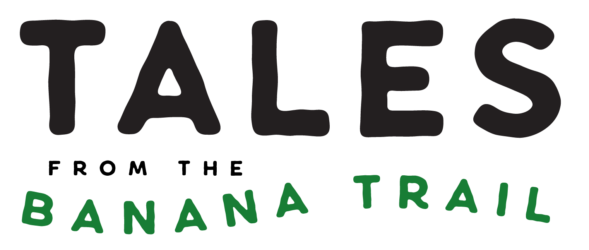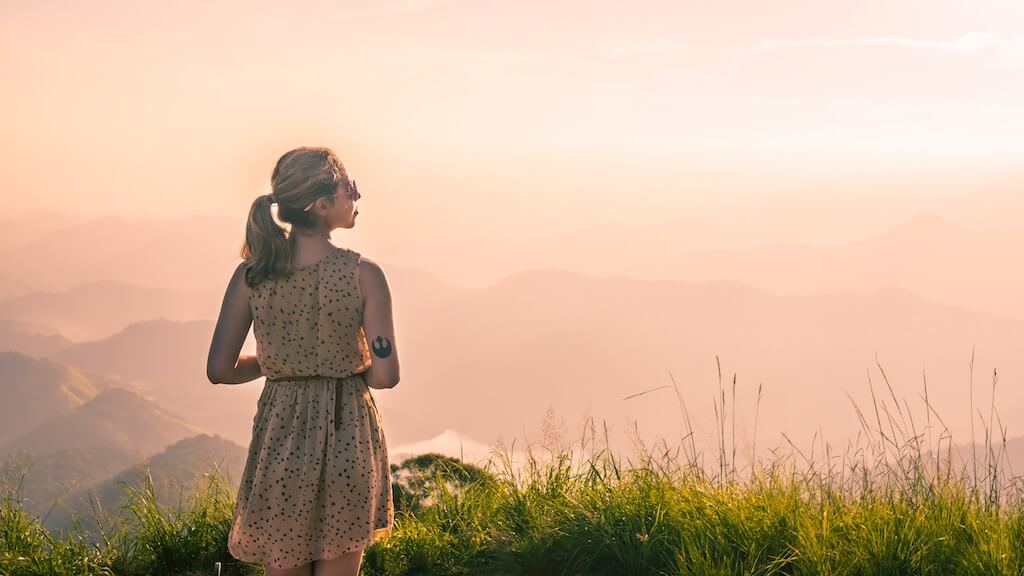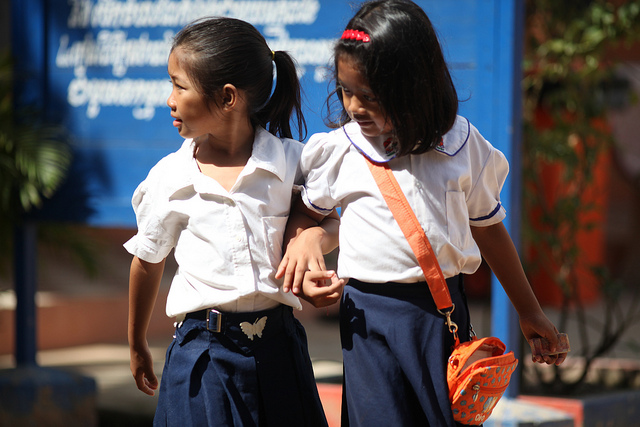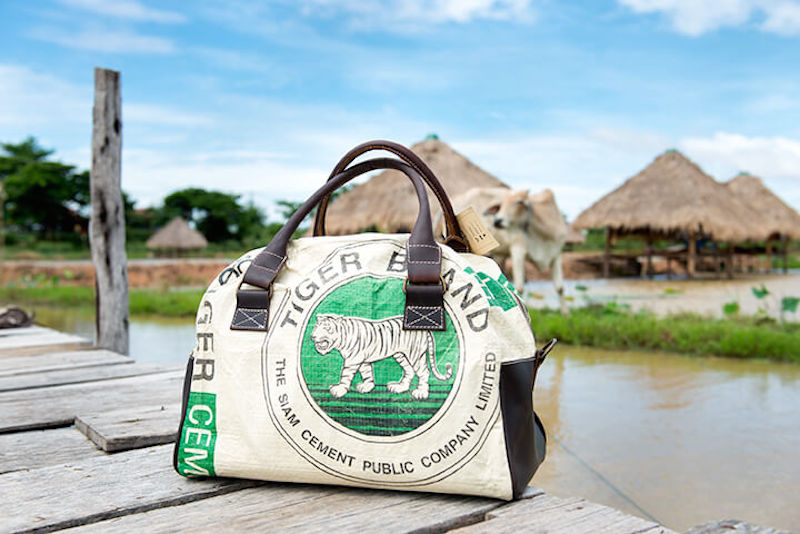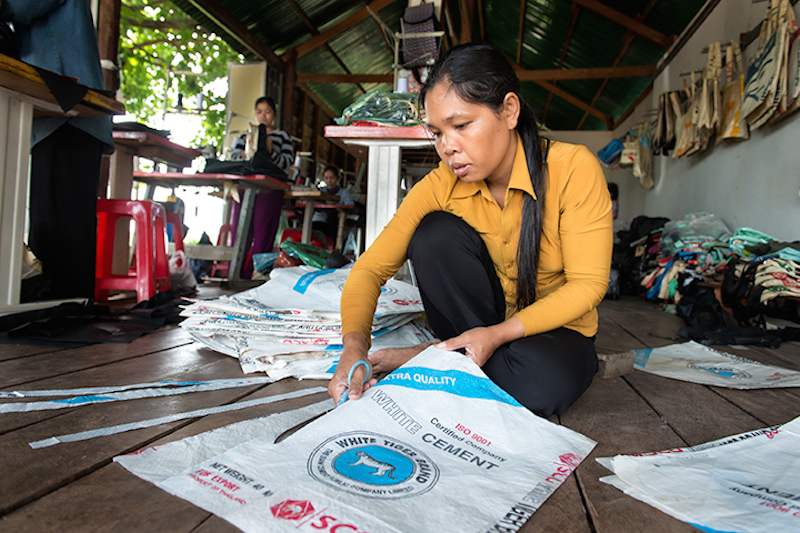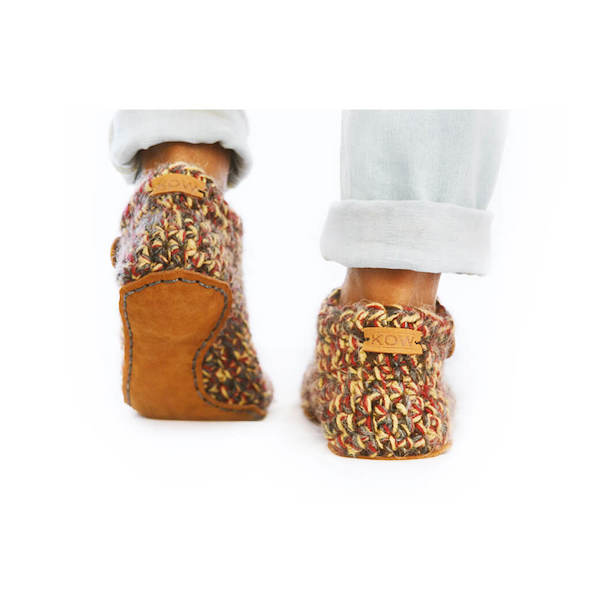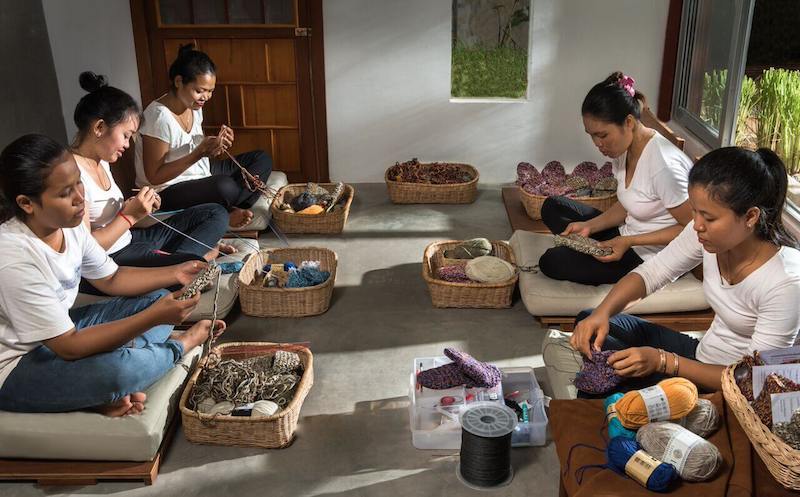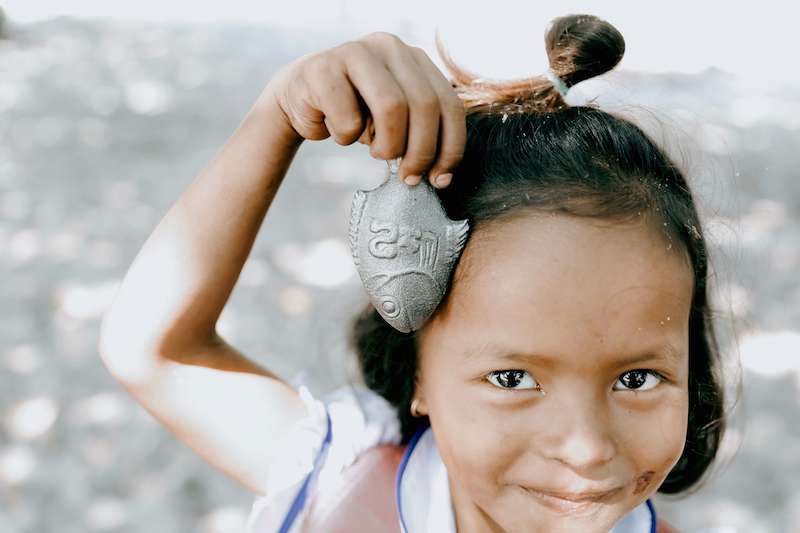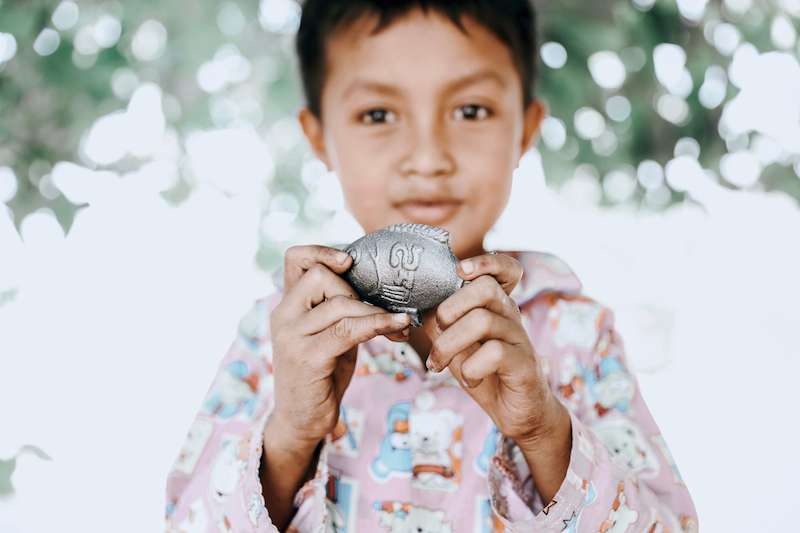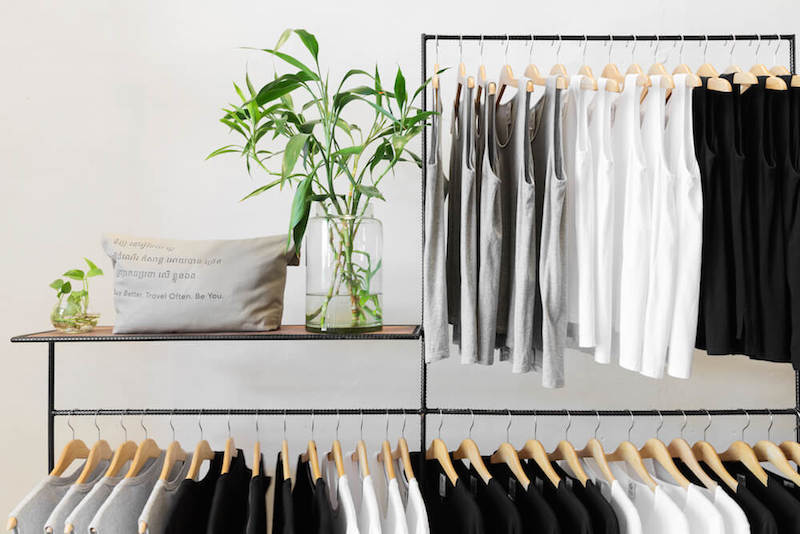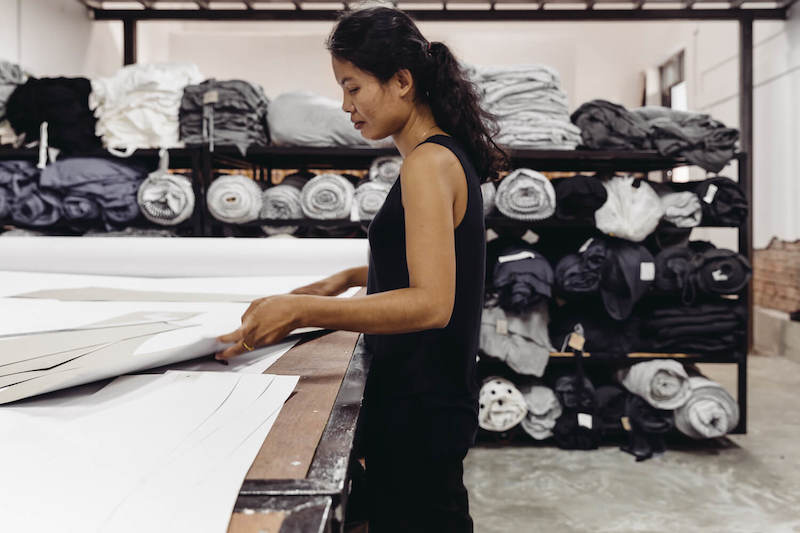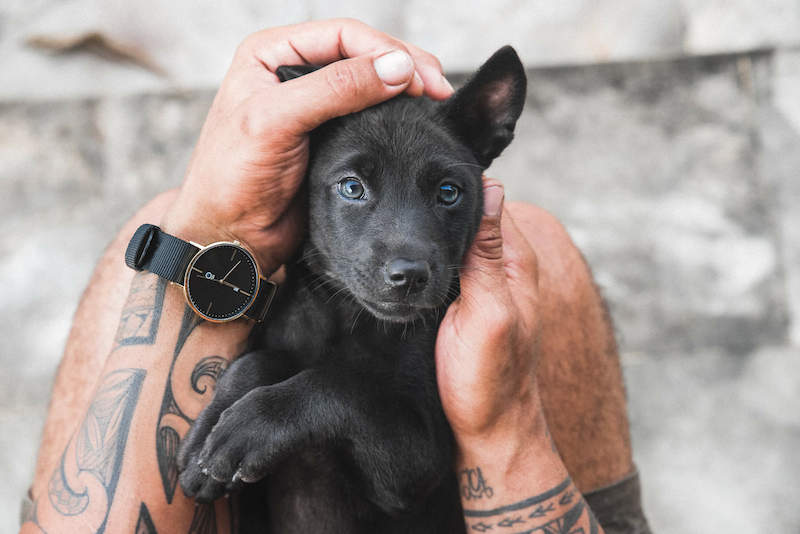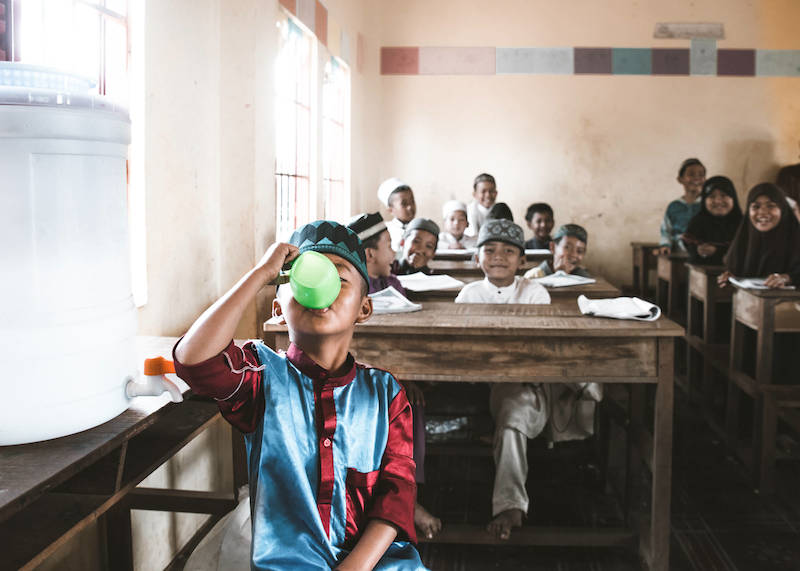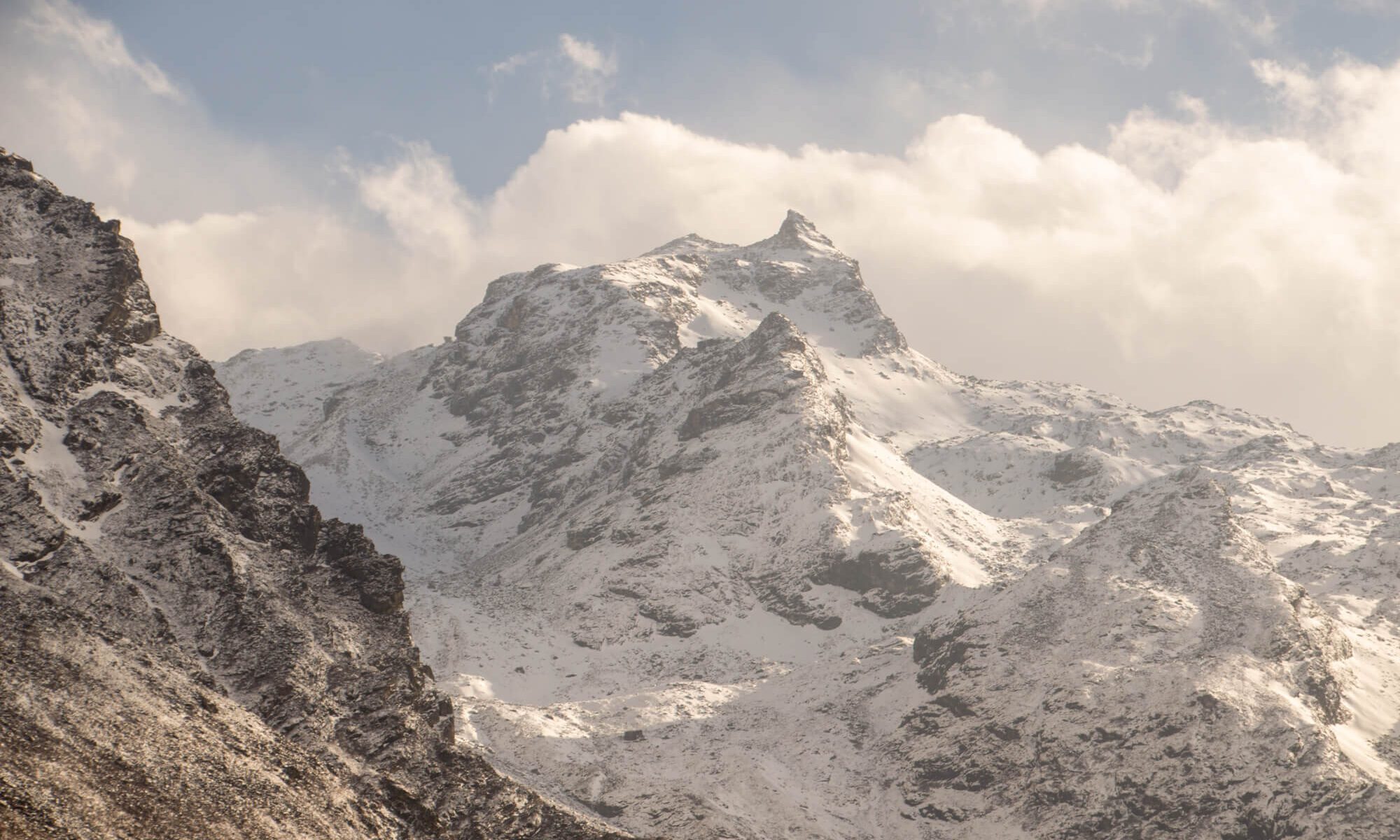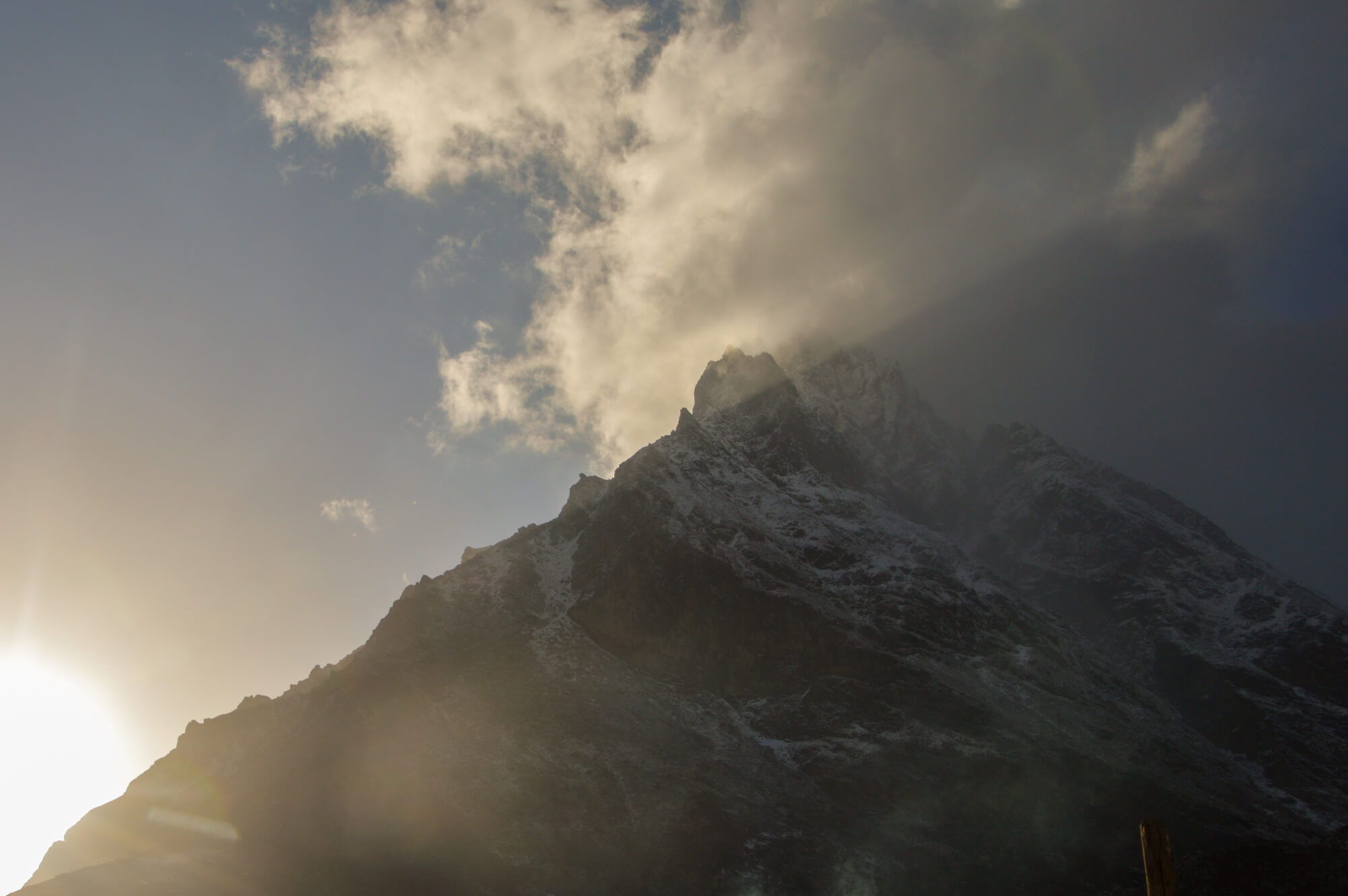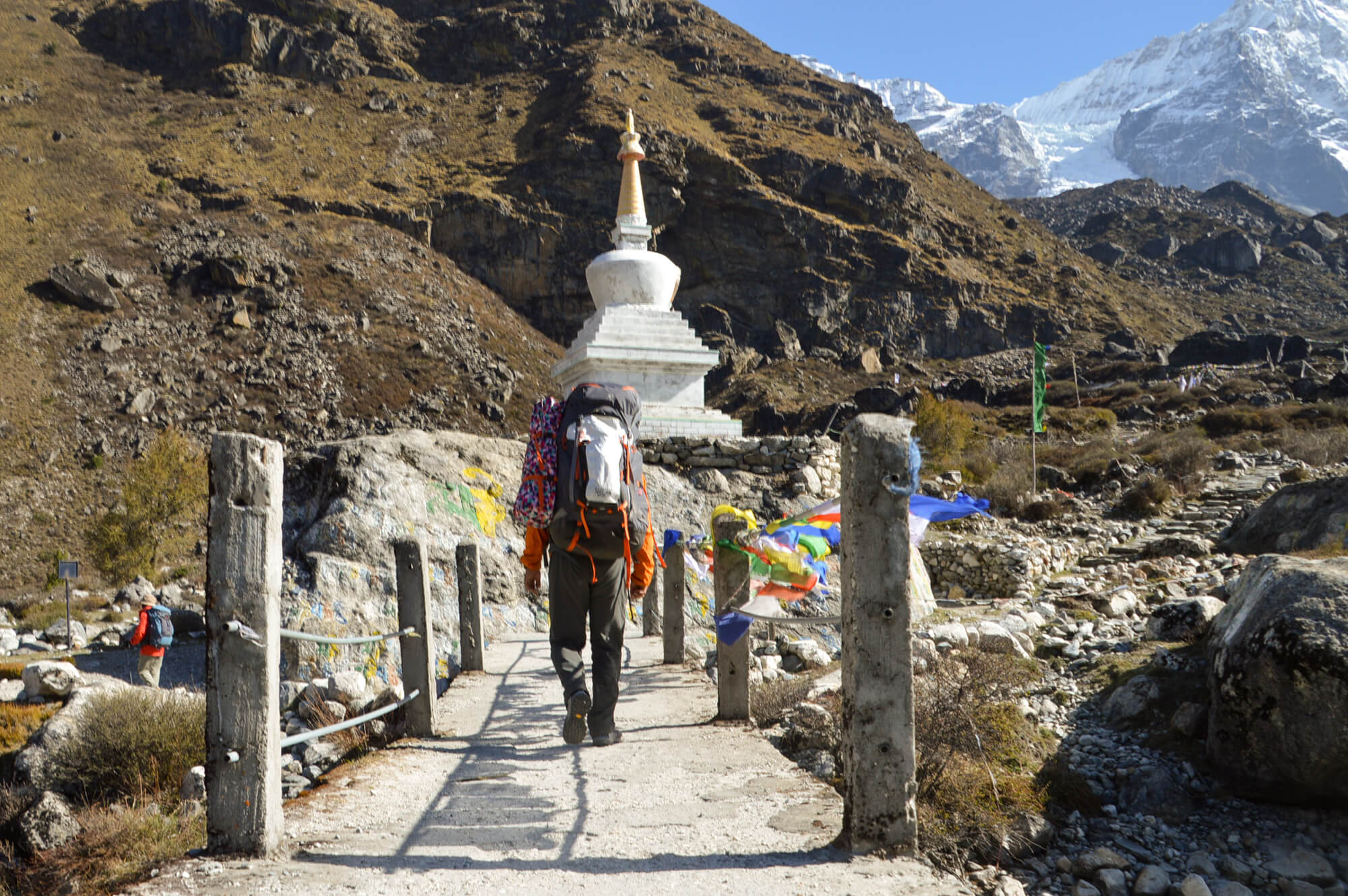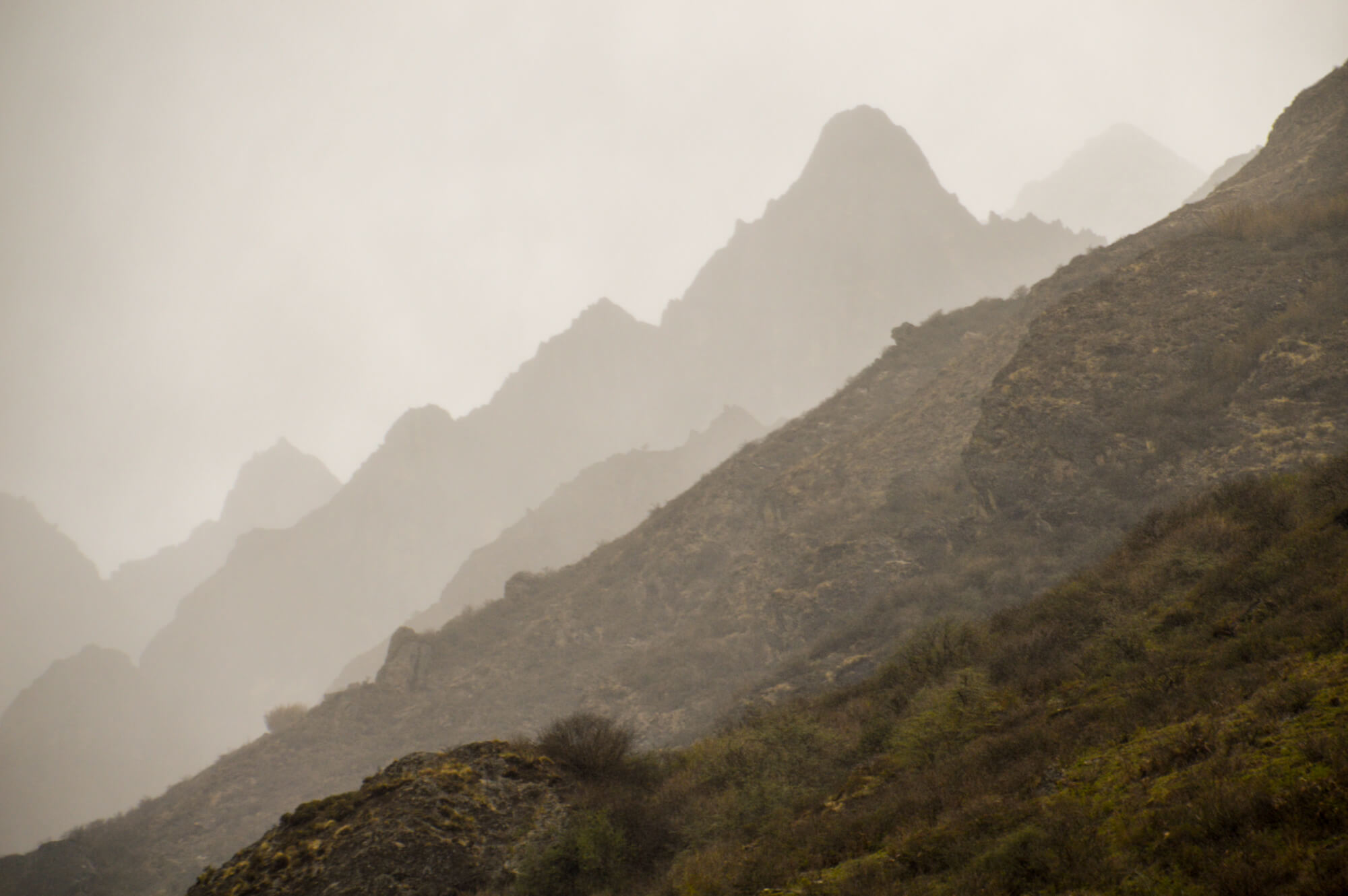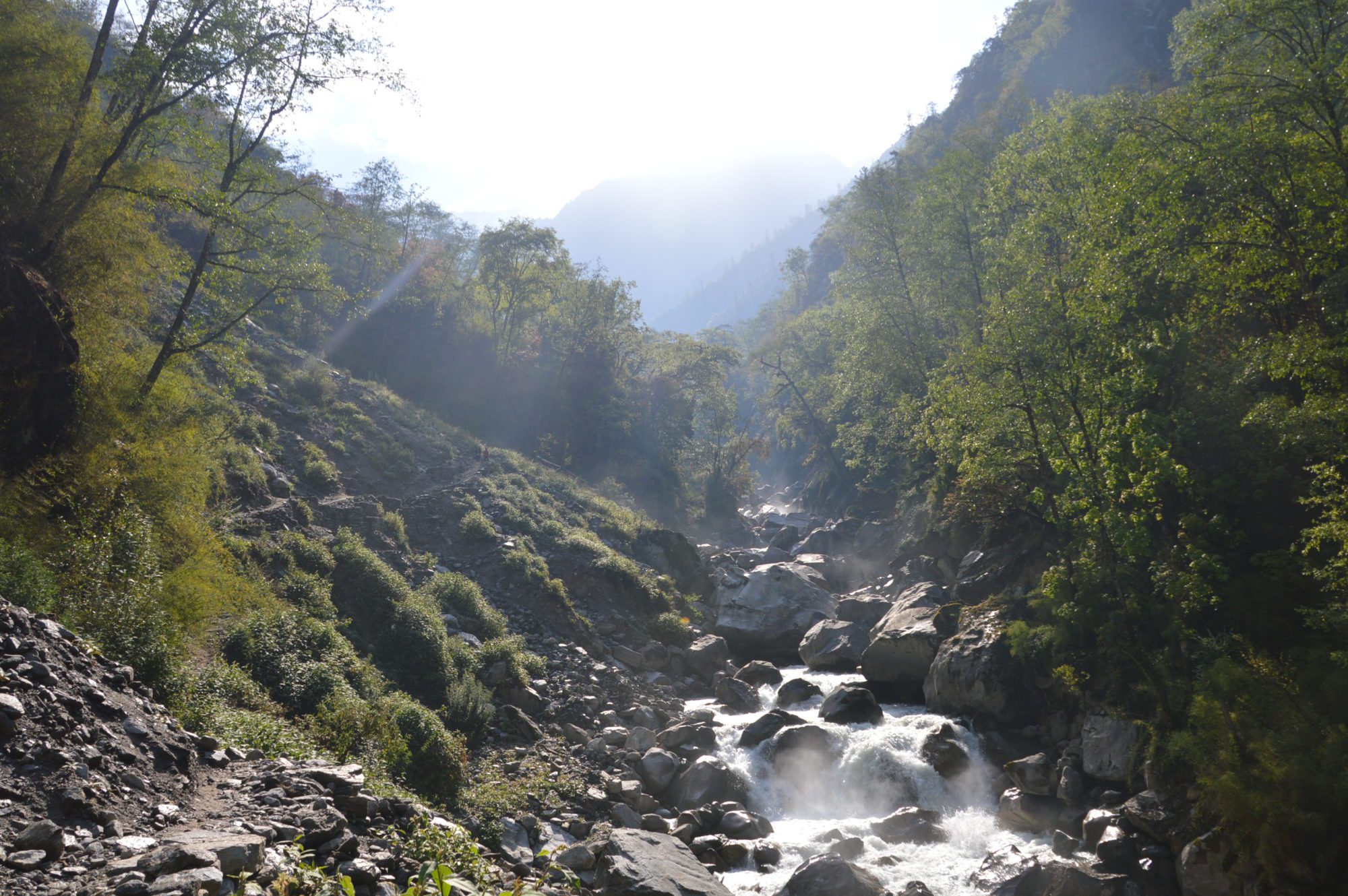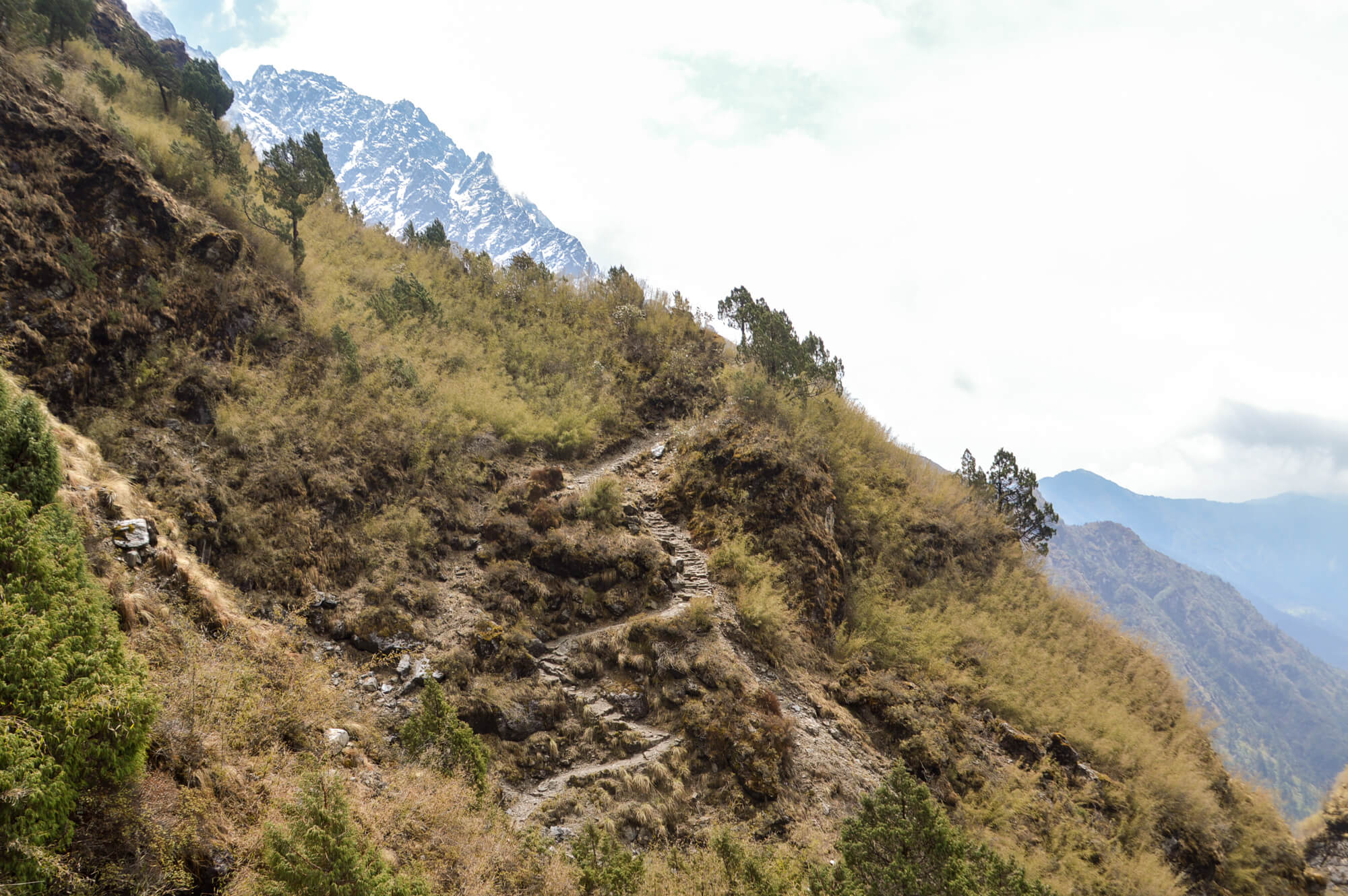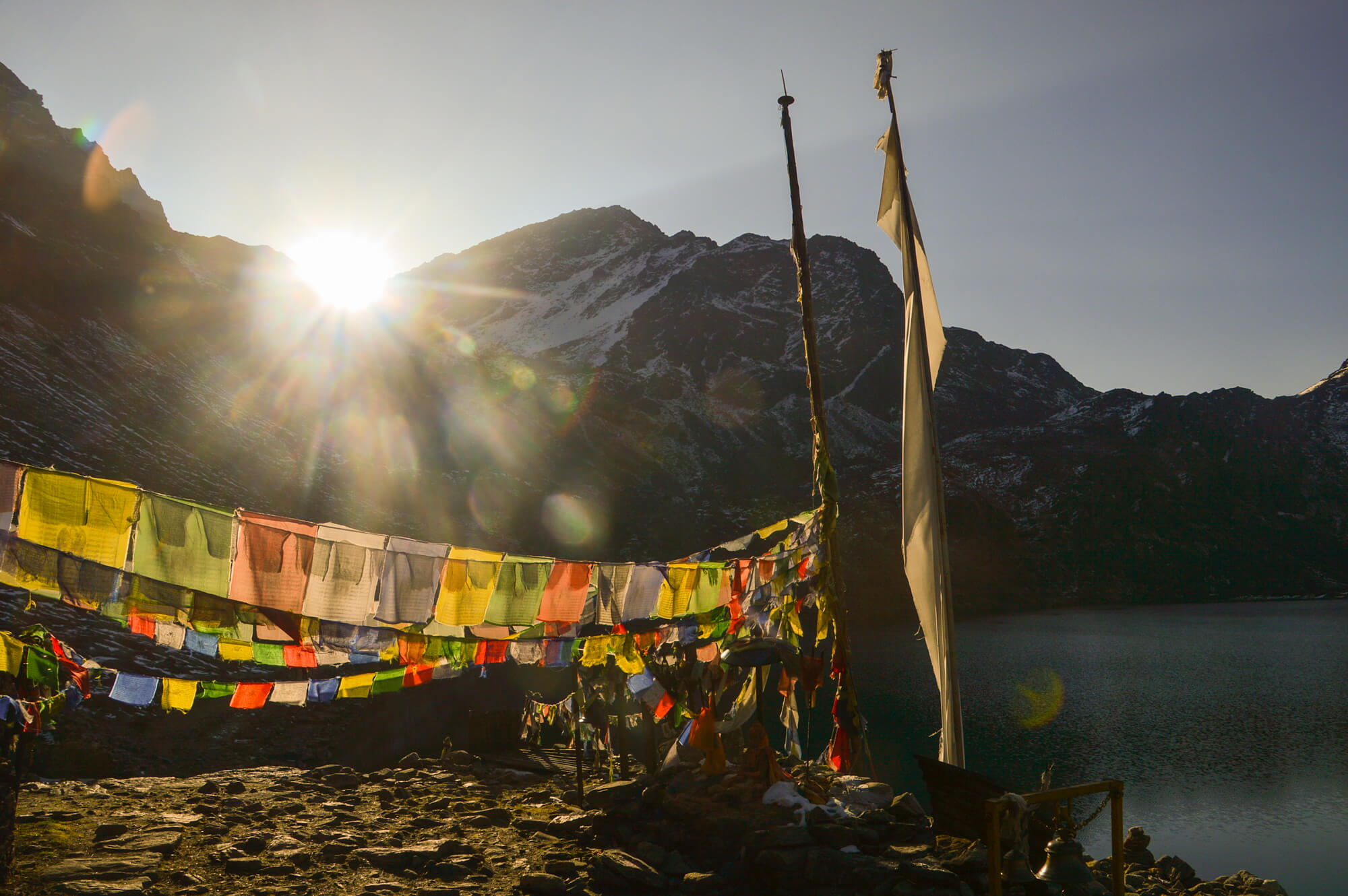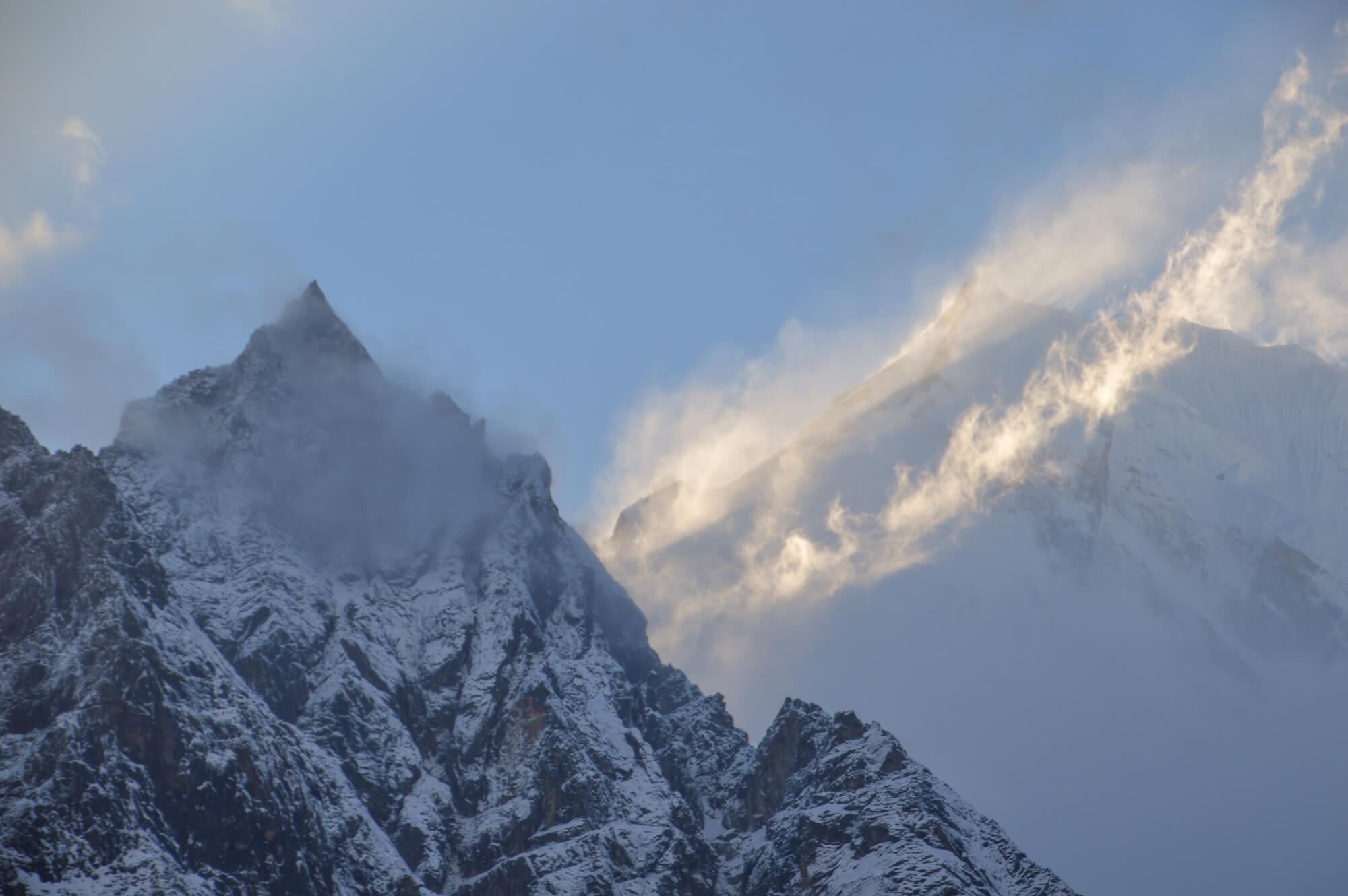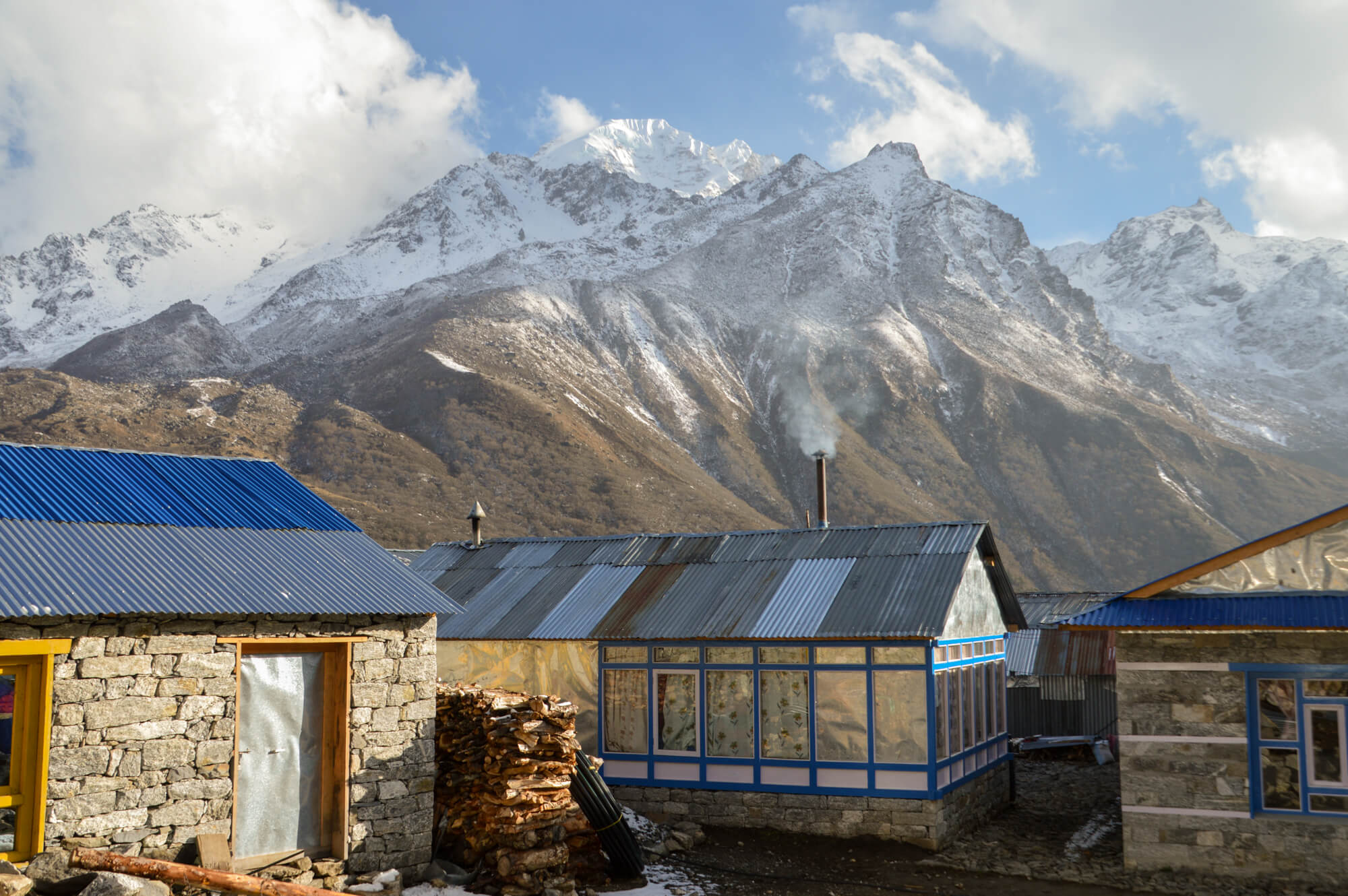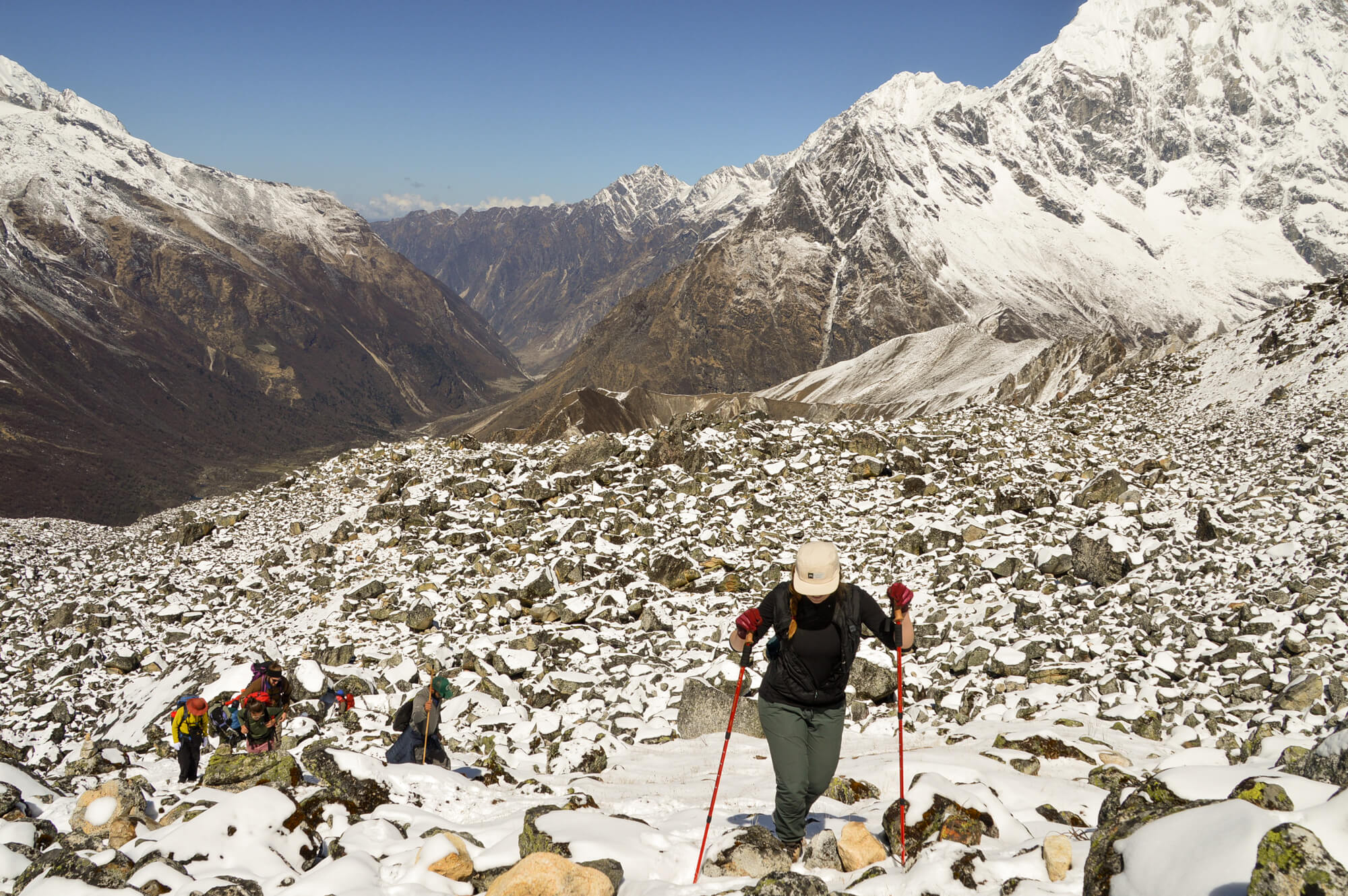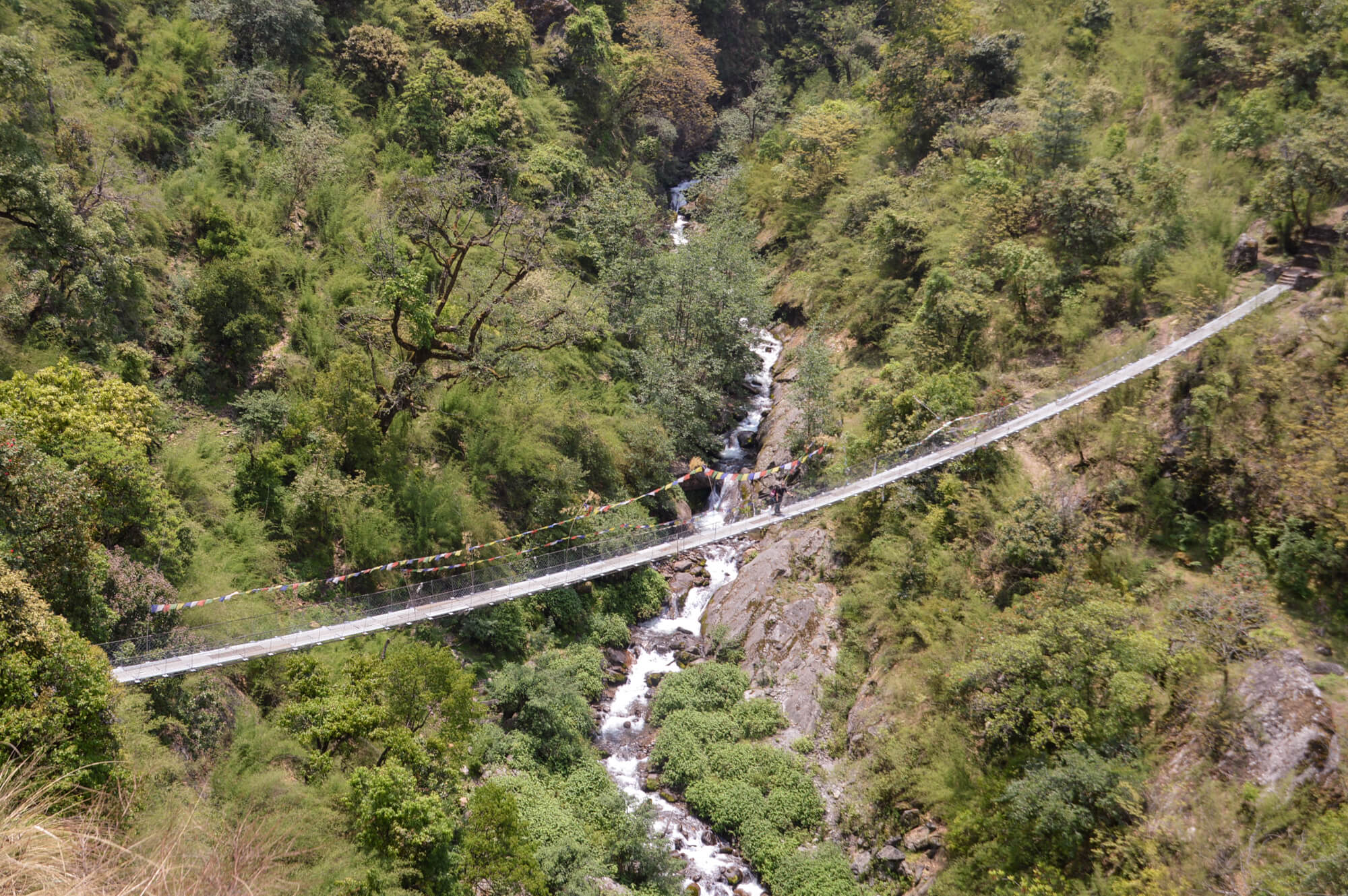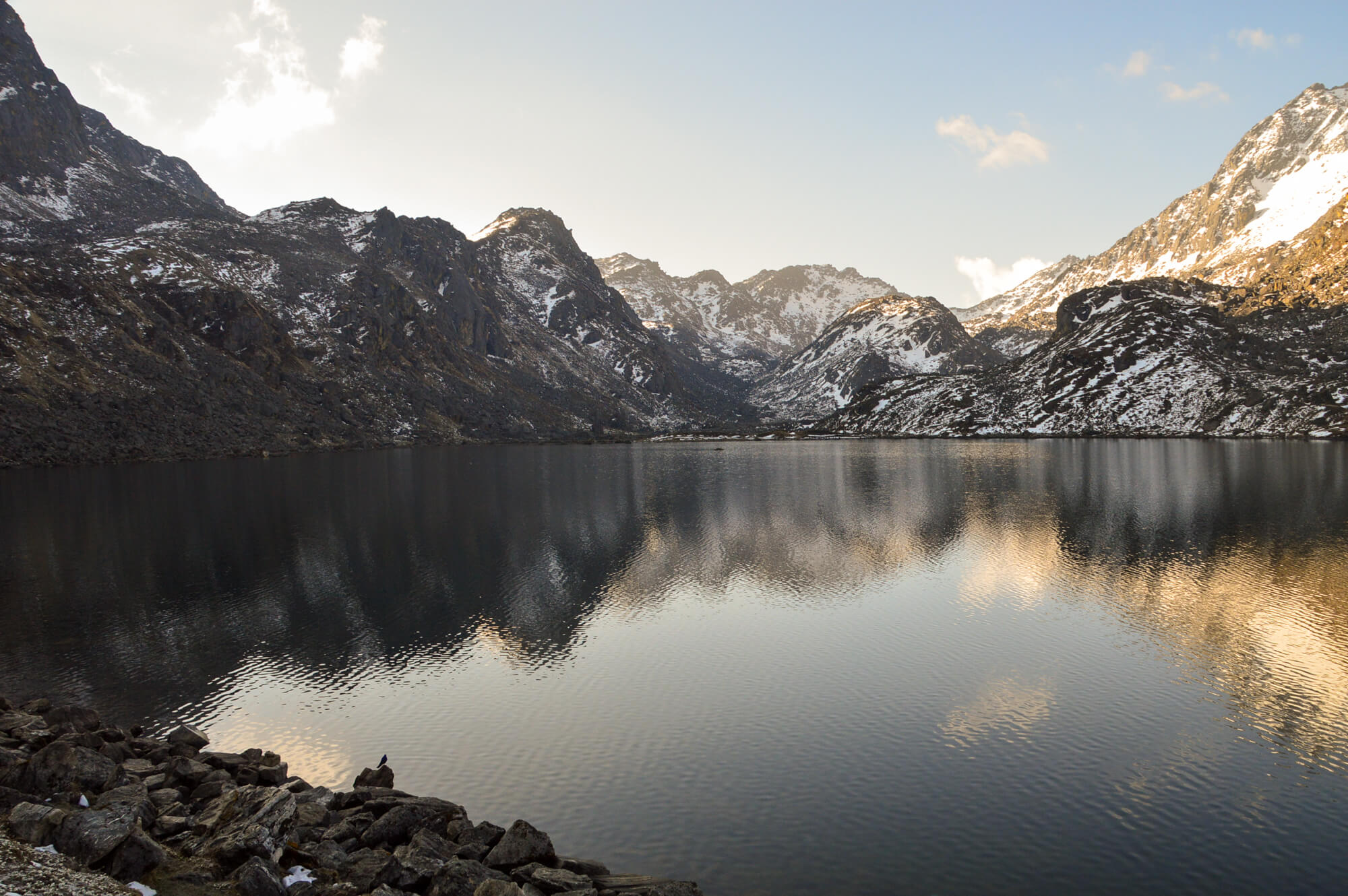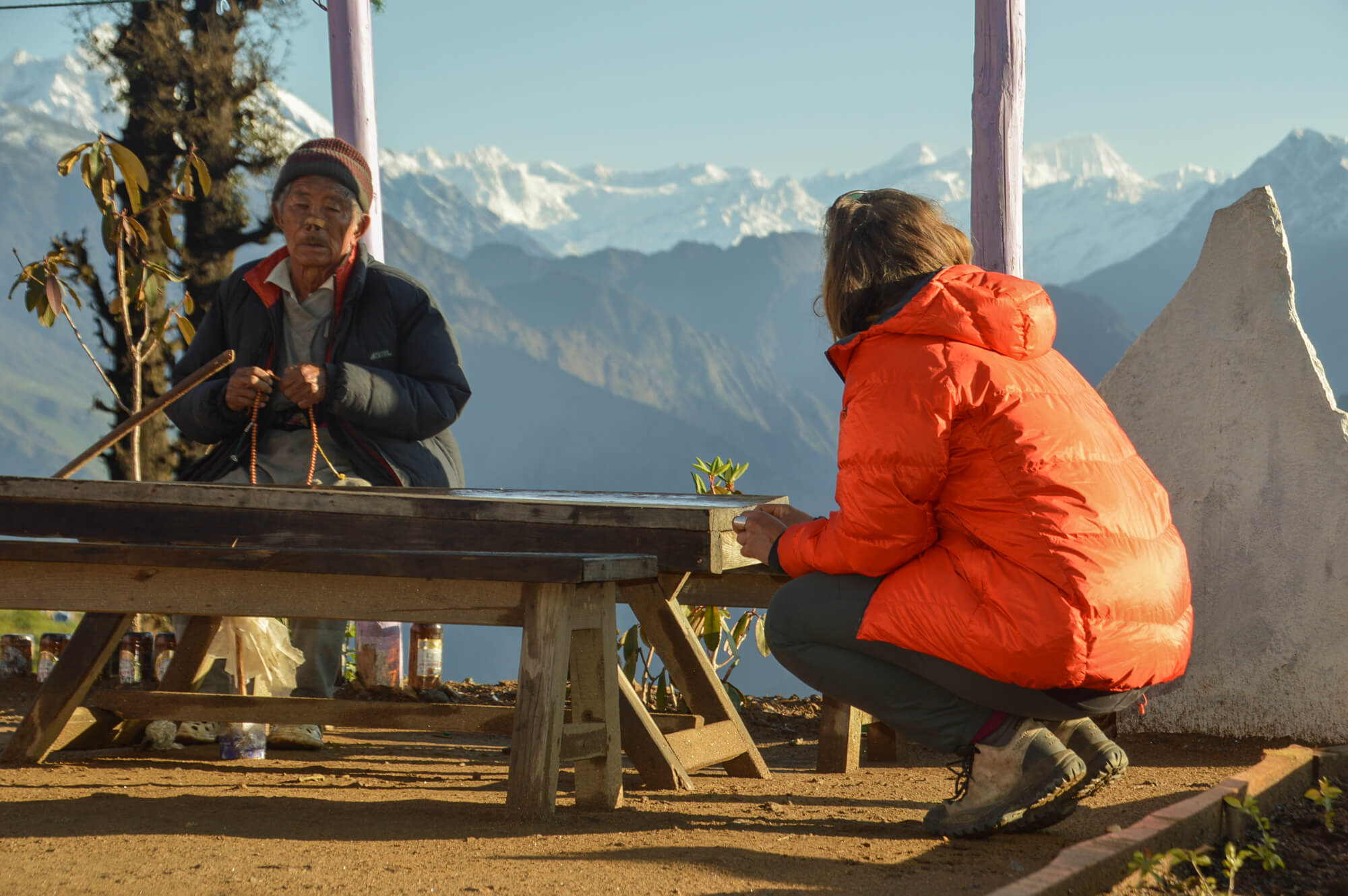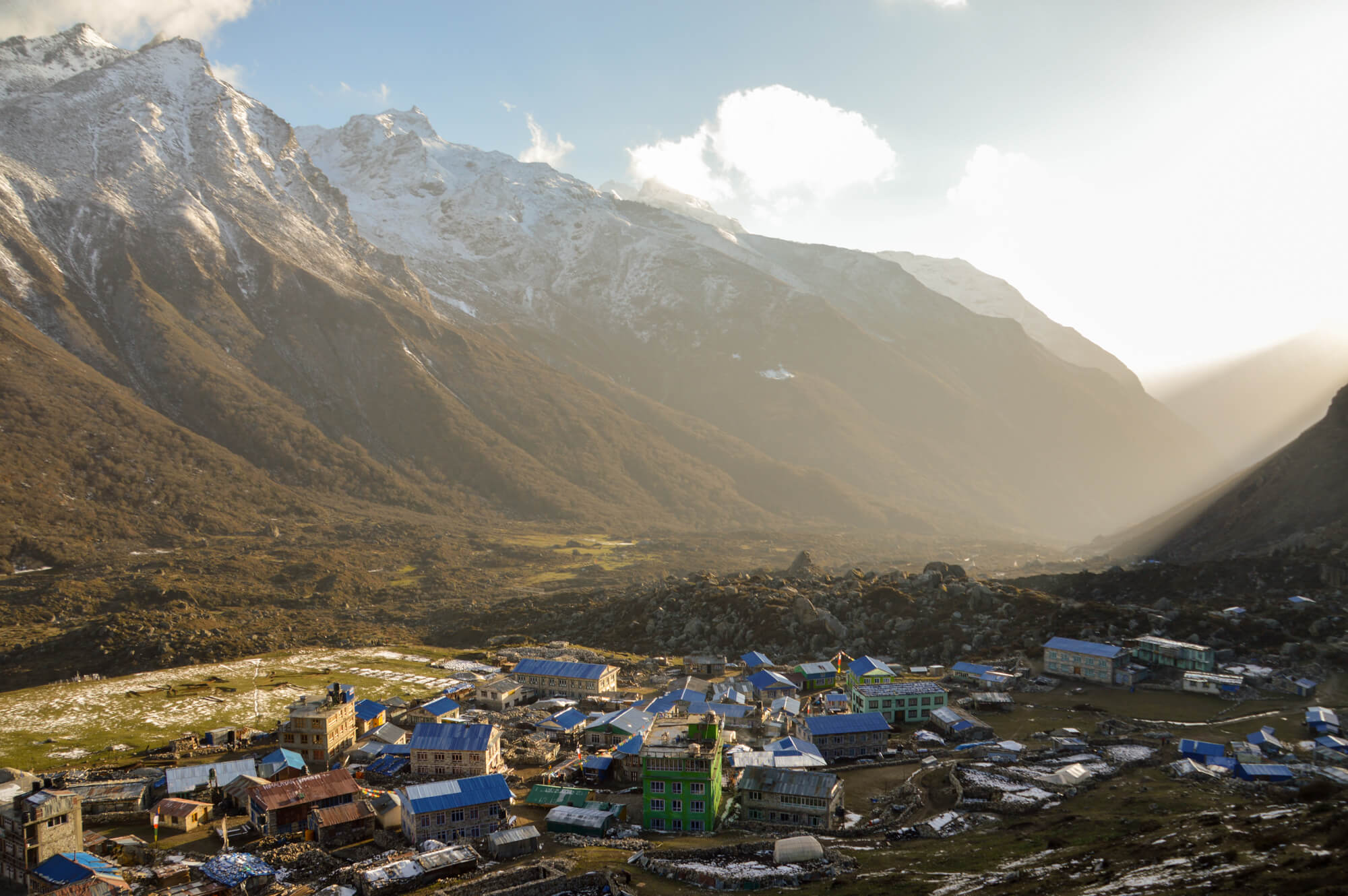One of the staple items in any travel backpack or suitcase is a great travel dress. Breathable, comfortable in hot climates, and versatile (for the beach and a night out), a great travel dress can be your best friend when you’re exploring new places. So how do you choose the right dress (or dresses) to take on your next trip? Wherever you’re planning your next trip this article has you covered! From selection criteria to the tried-and-tested favourite dresses of 9 amazing globe-trotting women, your search for the right travel dress just got much easier!
Criteria for choosing the perfect travel dress
Have you ever packed something for a trip only to realize when you got there that it was a total waste of luggage space? Perhaps the material was inappropriate for the hot, sticky climate, or maybe the item’s design turned out to be a cultural faux pas. To avoid wasting precious luggage capacity, here are a few key considerations to keep in mind when you’re picking your next dress for travel:
Fabric
Is it breathable? Is it lightweight? Will it wrinkle easily?
Light, natural fabrics are often best. Think organic cotton (which is significantly better for the planet than conventional cotton) and check out this fabric guide from Travel Fashion Girl to decide which fabrics are best for different climates.
Coverage
Where are you traveling to? What do local women in the country wear? Do you need to have your knees or shoulders covered to respect the local culture?
A trip to the beaches of California is likely going to require a different dress than the one you might want to rock in India or Sri Lanka. Do your research before you visit to see what the local customs are for dressing in your chosen destination(s). The goal is for both you and those around you to feel comfortable! A helpful hint: a scarf or sarong is a great thing to bring along for covering exposed shoulders (a requirement for visiting temples in countries like Cambodia, Indonesia orThailand).
Comfort
Do you feel great in the dress? Is it practical for your trip? Is it versatile?
Comfort is queen when you’re traveling. It’s important to have a travel outfit that you can wear on airplanes, to a fancy dinner, and to the beach, and feel equally comfortable in every setting. You don’t have all the room in the world to change outfits (especially if you’re lugging your wardrobe in a backpack!), so find one travel dress that makes you feel great whenever you wear it!
Ethics/Sustainability
What material is it made of? Who made it? What are the values of the company you're buying from?
There has been a push towards transparency and awareness about ethical working standards in the fashion industry since the 2013 Rana Plaza building collapse in Bangladesh resulted in the deaths of 1,138 people. Those killed in this tragedy were mainly garment workers, who were making clothes for global brands in unsafe conditions. With the fashion industry also being one of the most polluting in the world, it’s important to consider how your new dress not only helps you travel but also how it impacts other people and our beautiful planet. Looking at where our dresses come from, what their impact is on the people who make them, and what their impact is on the environment makes a big difference. The majority of the following travel dresses are made by companies that put social and environmental responsibility at the very heart of their ethos, making it that much easier to shop with a heart!
"My Favourite Travel Dress" - Selected by the Experts
Sure, it may have been easier for me to do a bit of internet research, try on a few dresses at a local boutique and come up with a few decent dresses for travel. But when I set out to craft this article my intention was to find the best dresses for travel. Dresses that had been tried and tested by those who have the expertise to judge. I really love a good travel dress, but I must admit I’m more versed at judging the best pair of jeans to wear for cycling a dusty Cambodian backroad (I wish I was joking…). With this in mind, I spent time asking some of the web’s greatest experts on fashion, travel, sustainability, and all three mixed into one. So without further ado, let’s dive in to their recommendations.
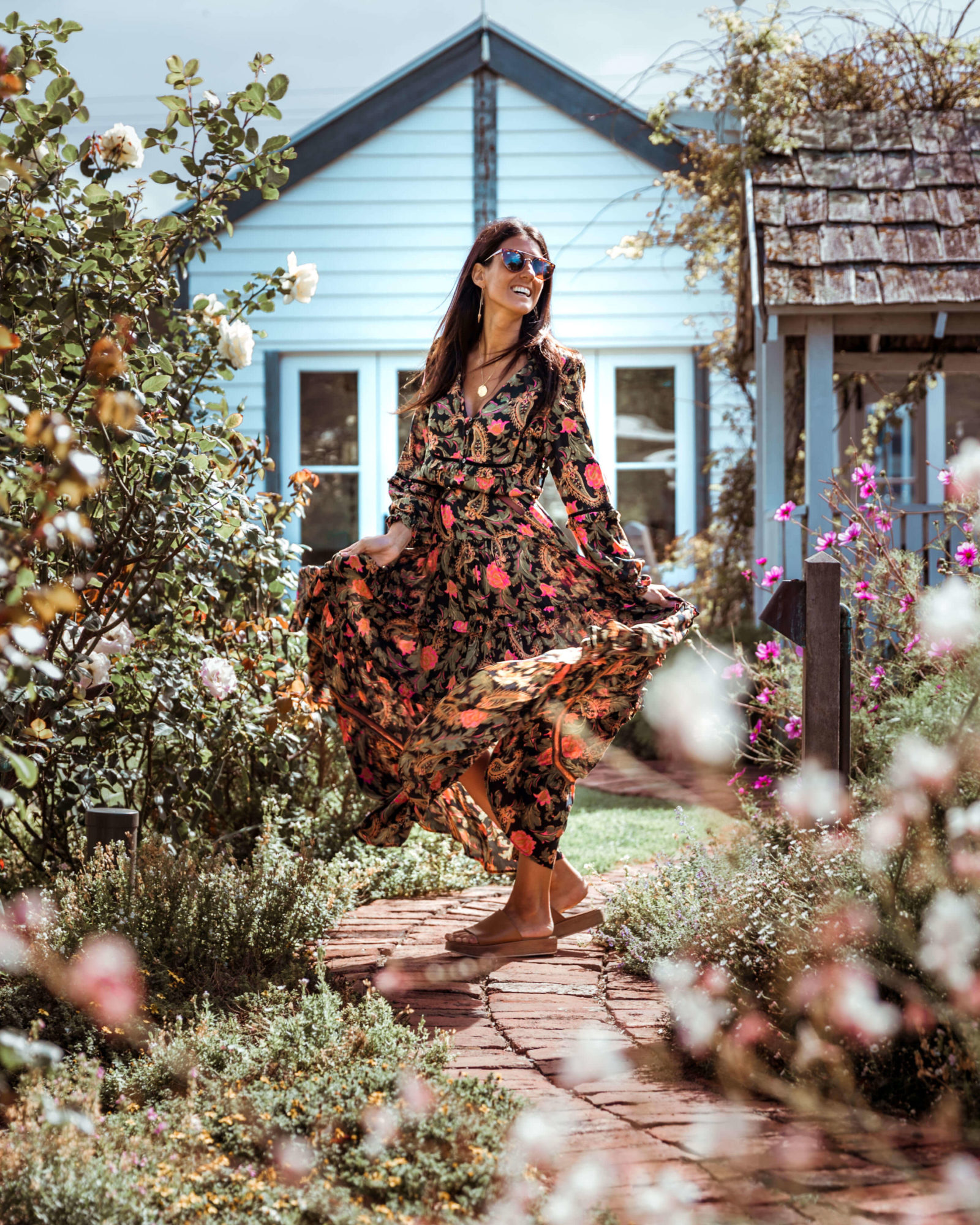
Favourite travel dress: The Etienne Maxi Gown
“My favourite dresses for travel are the Spell & The Gypsy Collective – my current fave, the Etienne Maxi Gown! I absolutely adore Spell for their focus on sustainability and care for this earth. This is my go-to travel dress at the moment because I love how when wearing it, it transforms any photograph into something really special. A gorgeous vibrant print that stands out against any backdrop, flattering but comfortable fit, and of course the flowy gown that makes me love twirling about. It’s also crinkle-free, perfect for packing away in a suitcase!”
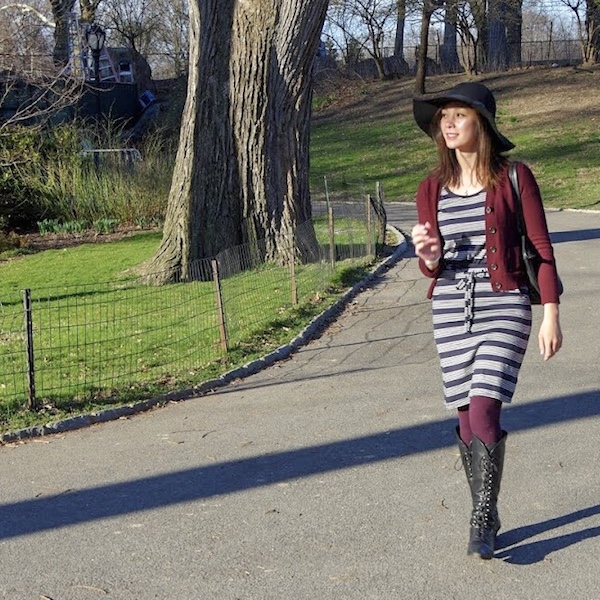
“I recently took this PACT dress to New York and it’s since become a travel staple for me. Despite the poor dress getting very squished in my suitcase (I may have had to sit on it to close it), it wasn’t creased when we got to our hotel. This dress can be worn layered in cold climates but I’ve also worn it in Palm Springs with just a pair of sandals. Not related to traveling, but I had to mention the adorable pockets. There aren’t enough dresses with pockets and so any dress with pockets makes me very happy!”
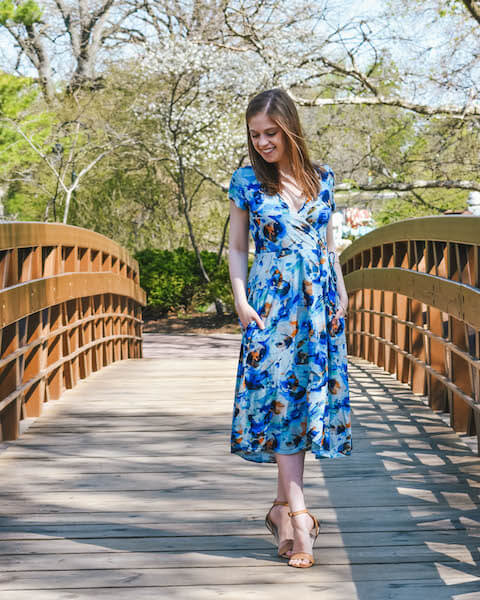
“When I’m traveling to warm destinations, comfy dresses are always my go to! Creating an outfit with just one piece is so helpful for light packing. One of my favorite ethical fashion dresses is this pretty printed one from Plume and Thread made consciously in the U.S. The fabric is super soft, doesn’t wrinkle, and since there’s no need for dry cleaning, I can hand wash it with minimal environmental impact. Another big bonus of this dress is that it has pockets! Sometimes it can get tough carrying around everything traveling so it’s nice to have another convenient place to put things when needed.”
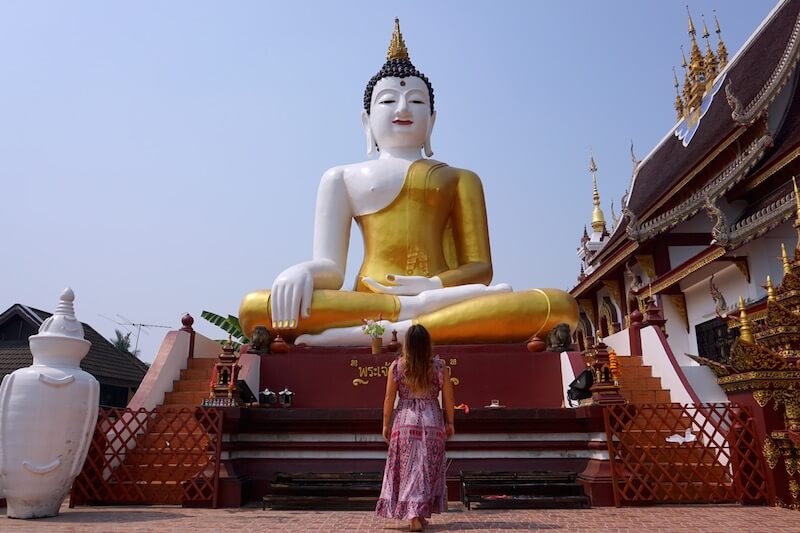
“My absolute favorite travel dress is the Celeste wrap dress from the Poème Clothing collection. I fell in love with their beautiful handmade designs, breathable fabrics, and their dedication to paying fair wages to the artisans who create the Poème Clothing collection in fair working conditions in Bali. I took my dress out for a spin in Chiang Mai, Thailand as I ventured around to some of my favorite Buddhist temples. As a former worker of the fashion industry in NYC I keep the question Who Made My Clothes in mind whenever I shop and try to buy ethically produced items or at least locally made garments. It used to be challenging to source sustainable fashion that didn’t cost a fortune but thankfully the times have changed and consumers have demanded ethical, sustainable, and affordable clothing options.”
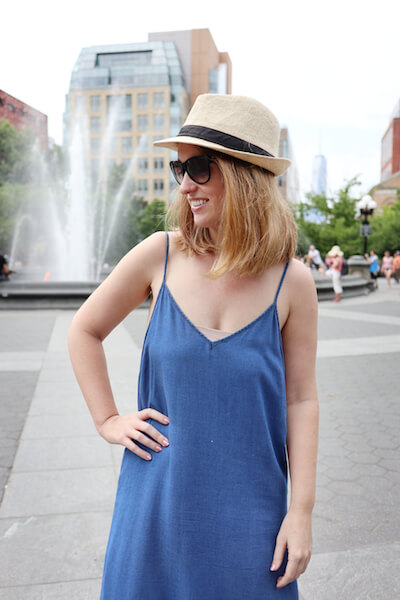
“When I popped into Splendid’s SoHo store last summer, I had no idea that a simple denim-like dress would soon become my go-to travel staple. As a frequent traveler, comfort is key, as is the need to transform an outfit from day to night. Surprisingly, you can really dress this little number up with a pair of heels, a belt, a necklace and/or a hat. It’s also easy to pack and takes up very little room in my suitcase. A major plus in my book.”
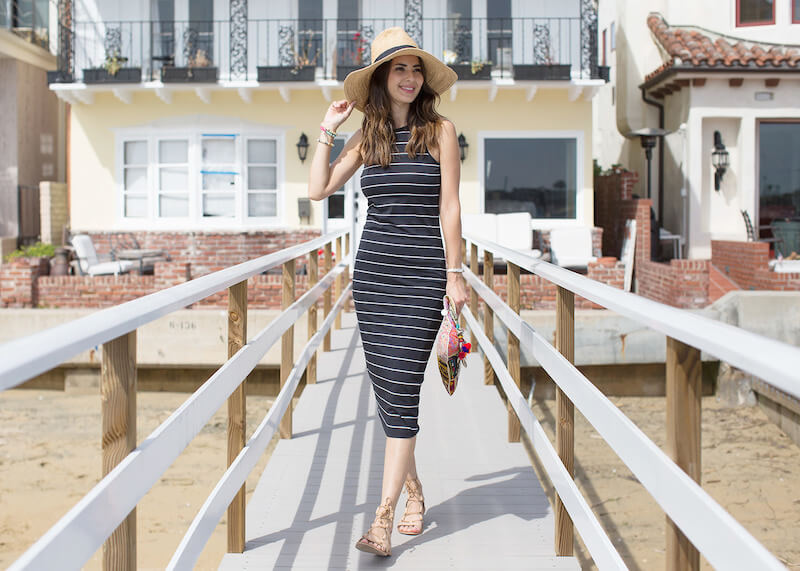
“One of my favorite dresses I take along with me on my travels is the Sunkissed Midi Dress by Athleta. The cut is classy and the fabric hugs my body in just the right places. Not only is the fit amazing, but it’s also supremely soft and breathable which is perfect for warmer weather.”
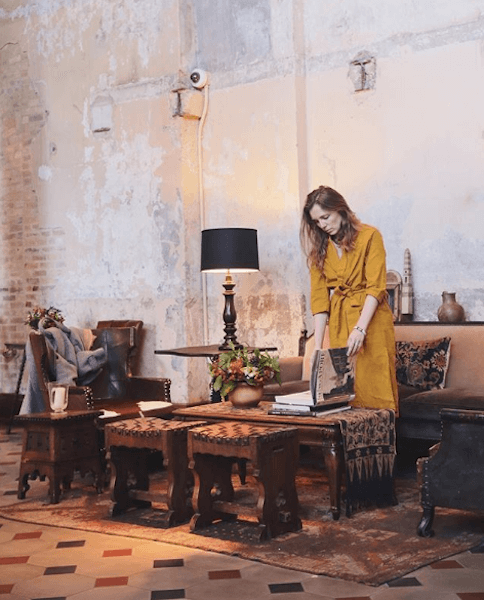
“My favourite travel dress, or rather my favourite travel piece, is a linen robe by PAR EN PAR. It can be worn as a dress, a coat, a beach cover up, or a robe and it packs up small as well. It’s one of those pieces you can dress up or dress down as well so it’s as diverse as it is beautiful! It’s made both ethically and sustainably as well so it’s a beautiful piece on all levels.”
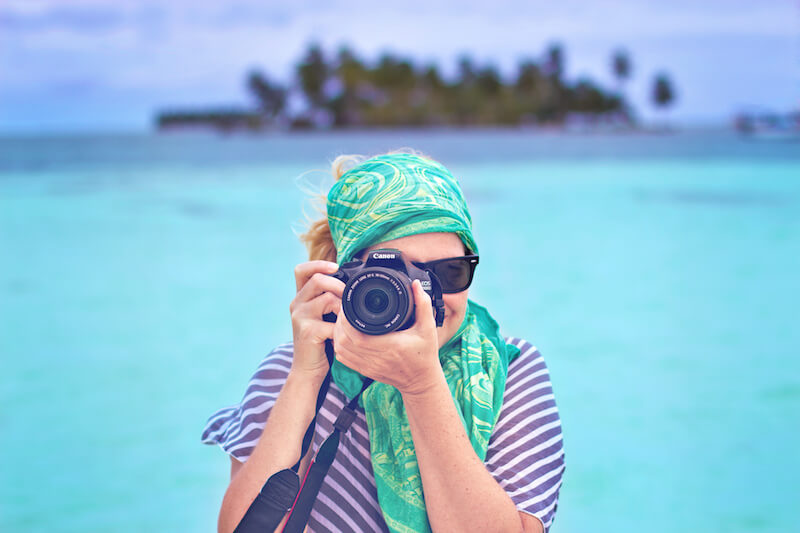
Favourite travel dress: A sarong
“The best dress is a sarong, multi-functional to use as a dress, towel, blanket, headband, scarf, etc. I always bring 2-3 lightweight sarongs with me when I travel, it’s the best travel accessory in my suitcase!”
Other travel outfit options if you don't like dresses?
Not all of us love dresses. Sometimes it’s nice to have a travel outfit that allows you more mobility, but still has the same level of class, versatility, comfort, and breathability. You’re not alone and this great outfit option is one alternative that you could try for your next journey!
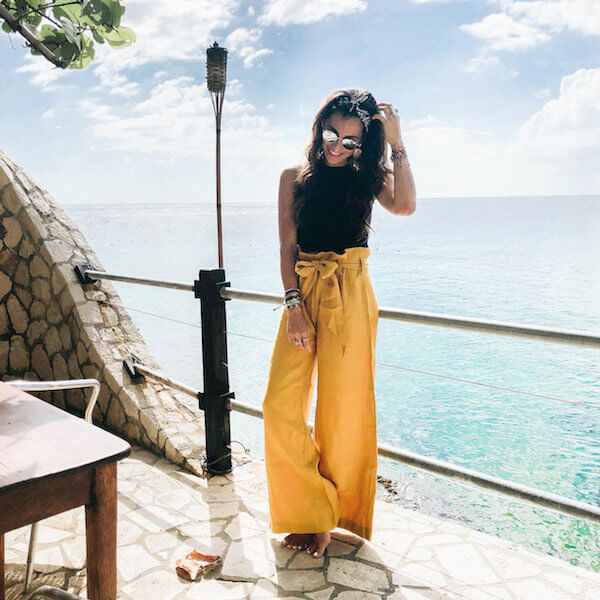
“Finding new conscious brands has become a part of my routine, and there’s honestly nothing that makes me happier than discovering brands like Arizen. This one-of-a-kind brand designs beautiful and comfortable clothing pieces using sustainable fabrics and nontoxic dyes. Some of the earth-friendly fabrics they use are made of wood pulp, tree cellulose, flax, cotton and others. Arizen also works with artisans in Bali, empowering them through fair wages, humane working conditions, and fair work opportunities.”
Which of these dresses do you like best? Do you have a favourite travel dress that we missed? Let me know in the comments below!
